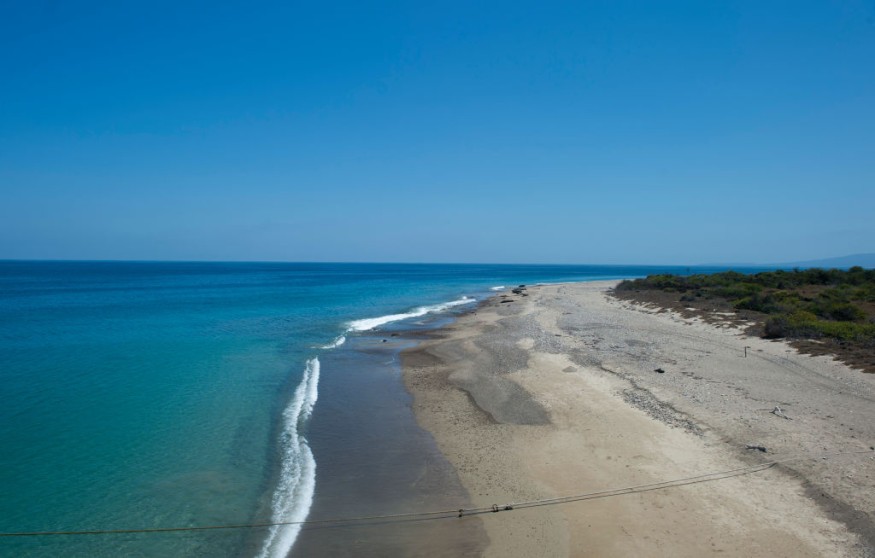Global sea level rise is an emerging threat tied to the issue of anthropogenic climate change and greenhouse gas emissions. With this, a new study by researchers from the United Kingdom, where future cliff retreat rates were examined, determined that the increasing sea or ocean levels will eventually accelerate the erosion of rock coastlines.
Rock Coast Erosion

In the new study published in the journal Nature Communications on November 18, researchers from the Imperial College London said the phenomenon of sea level rise will likely accelerate the erosion of rock coastline or rock coast cliff retreat rates, emphasizing that coastal response to anthropogenic climate change is of paramount importance to the inhabitants and their infrastructure in affected areas.
The research team highlighted that the stability of rock coasts has been largely ignored and the anticipated acceleration of cliff erosion after sea level rise has not been tested with empirical evidence until now.
The research reportedly agreed that rock coasts, which make up more than half of the world's coastlines could further retreat more rapidly in the future. This is based on climate models about greenhouse gas emissions and climate change scenarios, Phys.org reported.
With this the disappearance or retreat of coastal rocks through erosion could leave communities and habitats inland at risk from raging waters.
What is Coastal Erosion?
Also known as shoreline erosion, shoreline erosion has been defined by the American Geosciences Institute (AGI) as process in which it changes landform and coastlines through the combination of currents, tides, and waves.
The institute says that such erosion is a natural part of the rock cycle and the coastal landforms that we see today has geologically evolved naturally over millions of years. However, human-induced climate change and global warming is leading to global sea level rise, which can hasten rock coast erosion.
Global Sea Level Rise
The National Oceanic and Atmospheric Administration (NOAA) issued its assessment entitled "2022 Sea Level Rise Technical Report" which provides the most updated sea level rise projections for all US states and its territories. A product of multi-agency collaboration and the first update since 2017, the report shows projects until the year 2150 for all US coastal waters.
The NOAA report predicts the 'sea level rise' in the next 30 years along the US coastline is projected to rise by an average of 10 to 12 inches by the year 2050. Water level will differ regionally along the US coastline due to changes in both land and ocean height.
The technical report also predicts that such rise will cause more 'damaging flood' over the next 30 years by allowing tide and storm surge heights extend and reach further inland of the US. By 2050, the normal or moderate flooding is expected to transpire, on average, 10 times higher than it does today.
The assessment also emphasized the 'greenhouse gas emissions' will pave the way for rise of sea level by 2 feet along the US coastline by the year 2100. Failing to curb the said emissions, which contain climate-damaging gases like carbon dioxide, could further sea level rise by an additional 1.5 to 5 feet by the end of the century.
© 2025 NatureWorldNews.com All rights reserved. Do not reproduce without permission.





